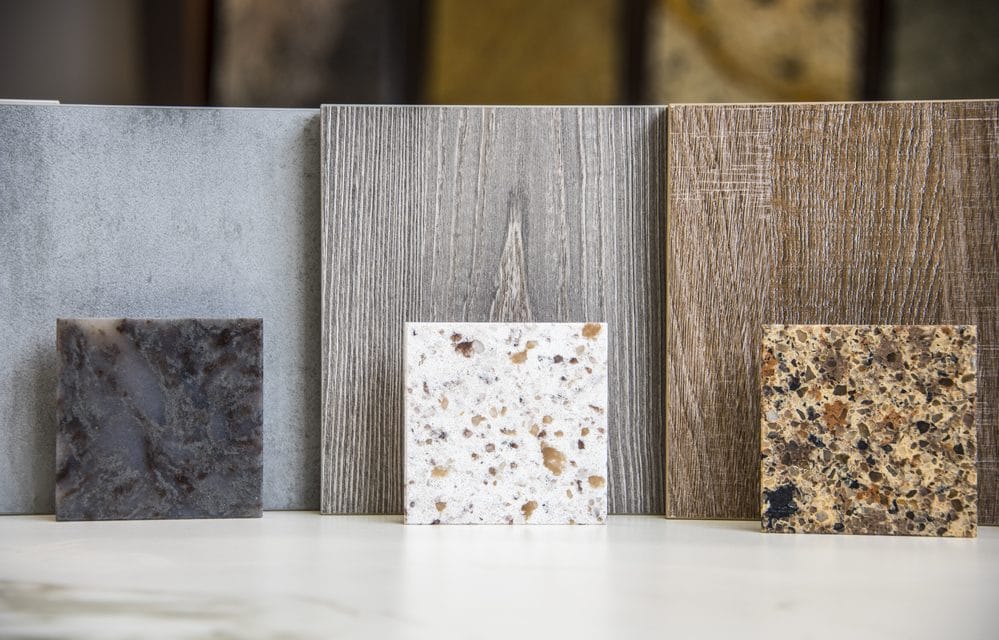Your home is your greatest opportunity to make an eco-friendly impact on the world. From your appliances to your roof, you can make your home more sustainable and create a more eco-friendly footprint as you live a greener lifestyle. Every little bit matters!
Start with a professional energy audit
Even with all the blog posts in the world, you won’t be able to create an accurate assessment of your energy footprint without a little bit of outside help. Have a professional energy auditor go through your home and assess how much energy you’re using and where you can most effectively make positive changes.
Look closer at your roof
The goal of your roof is to keep the outside in its place: that is, not in the middle of your living room. It protects you from excessive sun, keeps rainwater out of your house, and helps keep you warm in winter. Your roof, however, can be so much more than that. When you’re thinking green, you have a wide variety of options for putting your roof to the best possible use. You can change its color to make sure it reflects the sun and keeps your house cool, install solar panels to convert the sun to energy that will power your home, or literally “green up” your roof and use it as an extended yard or other living space when you turn it into a garden. Your roof is one of the biggest spaces in your home and therefore one of the most important when it comes to going green.
Choose your materials carefully
Use a local source for as many of your building materials as possible. You can have the most eco-friendly home imaginable and negate a chunk of that benefit simply by needing to ship the bulk of your materials across the country. Also, look for renovation options that allow you to use recycled or repurposed materials instead of new ones. You can create reclaimed wood floors, use recycled glass tiles, or look for ways to incorporate existing items into your decor: whatever works for you!
Make your insulation a priority
Your heating and cooling efforts will require a great deal of the energy allotted for your home. While you can cut down on some of these expenses by installing a fireplace for heat and using fans and natural airflow to keep your home cool, it’s also important to ensure that your heating and cooling efforts aren’t going straight out your doors and windows–literally! Check for cracks and crevices, make sure that your windows aren’t letting out excessive energy, and look for ways to reduce your energy needs. A well-insulated home will require less effort to keep warm during the winter and cool during the summer.
Install a programmable thermostat
When you’re asleep, your home can be cooler than during the daytime hours, when you need to crank up the heat in order to be comfortable as you go about your day. Likewise, when you’re out of the house, you don’t have to maintain as much temperature control. Chances are, however, that you aren’t going to remember to make those changes yourself. Installing a programmable thermostat will help ensure that your home is always at the ideal temperature without requiring a lot of effort on your part.
Try a tankless water heater
If you’ve ever had the experience of running out of hot water halfway through your shower, a tankless water heater probably already sounds appealing. In addition, a tankless water heater only heats the water that’s actually being used, rather than keeping a tank full of water ready at all times. Over time, this can produce a substantial savings on your energy bill and significantly lower your energy usage. As an added bonus, tankless water heaters often last longer than the bulkier models in most homes.
When you decide to start a green remodeling project, there are plenty of aspects to consider. Depending on your budget, you can make a significant impact on the earth from the comfort of your own home. Working with a smaller budget? It’s okay to start small! When it comes to saving the earth, every little bit helps.
This article was originally written by Bob German for Hippie Magazine.






![10 Steps Toward a Zero Energy Home [Infographic]](https://elemental.green/wp-content/uploads/2016/04/cbfb-440x264.jpg)

